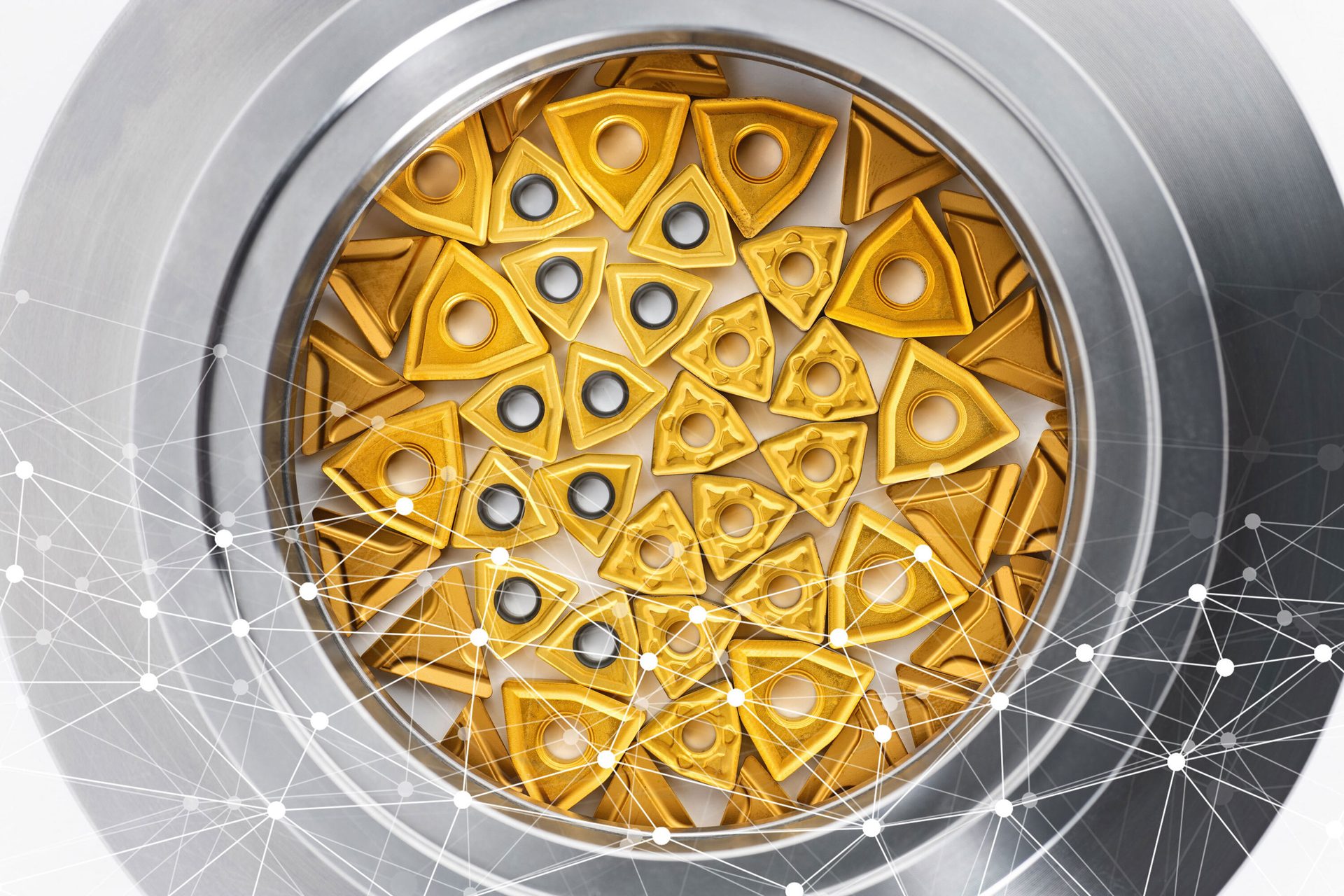Manufacturing Software
Labor shortages are driving new demand for automation.
Options for Screwfeeding
The assembly workstation for these automotive parts requires two operators working concurrently. The operators refer to Pico’s error-proofing software, which runs on a tablet. Photo courtesy HJI Supply Chain Solutions
Software enables automotive supplier to produce 1,700 headliner assemblies error-free.
MES Software Helps Automotive Supplier Win Business
Joyce Yeung // Vice President of Marketing // Pico MES // Redwood City, CA
HJI Supply Chain Solutions is a Tier 1 and Tier 2 supplier to leading automotive manufacturers, including Ford Motor Co., Yanfeng and Sumitomo. Like many other midsized American manufacturers, HJI is a multigenerational business.
Additionally, as a black- and woman-owned business and a member of the National Minority Supplier Development Council, HJI takes a keen interest in prioritizing diversity to support its goal of being a local manufacturing leader in Louisville, KY.
Last year, HJI secured a milestone contract to supply replacement headliners for another Tier 1 automotive OEM. Tier 1 suppliers are direct suppliers of the final product, whereas Tier 2 suppliers are suppliers or subcontractors of Tier 1 suppliers. To meet the new production and quality demands of the contract, HJI implemented Pico MES to error-proof its shop floor operations, consistently build parts in high volume, and ultimately expand its business.

A headliner covers the ceiling of a vehicle, but it does more than hide bare metal with color-coordinated soft fabric. Headliners provide insulation against heat and noise, and they can also hide wiring and hardware for electrical components, antennas and other accessories. Photo courtesy HJI Supply Chain Solutions
Challenges
The assembly of headliners is a complex manual process with more than 30 steps, and each car model has significant variation. One car model has 20 to 30 variations alone.
“This was not a particular commodity that anyone within our factory had experience building. So we had to learn ourselves, and then train new operators on the task,” explains Maurice Stallard, director of engineering and manufacturing for HJI.
The headliner assembly process also requires careful instructions and time specifications. For example: “Apply sealant and hold down for 10 seconds to let the glue set correctly.” Mistakes are easy to make without automated error-proofing built into the process.
Ensuring a factory’s entire team is trained to the same standard, and ensuring that the standard of quality is maintained in high volume is a challenge for any growing manufacturer. HJI knew that quality and consistency would be essential for continuing its partnership with the supplier and securing other potential high-profile contracts.
“We knew that we had to demonstrate consistent processes to lock-in our customer’s confidence early on to secure any future contracts,” says Stallard.
Former suppliers to the supplier had delivered incorrect parts, often due to discrepancies in part numbers differing by just one or two digits. The wrong parts would then be placed on the wrong finished goods. “Imagine a part number that’s over ten digits long, and manually tracking everything in a binder. We knew we didn’t want to do that,” shares Stallard.
Starting off on the Right Foot
Many midsized factories use manual or lower-tech assembly methods and consequently endure bruises along the way. HJI knew that these assembly methods would not produce the results required by this automotive supplier and that implementing Pico MES would enable HJI to meet high-yield, high-quality production standards.
“Demonstrating automatic error-proofing capabilities is one of the reasons we won this large automotive contract. It helped alleviate a lot of initial concerns from our customer,” says Stallard.
The digital work instructions empower employees to perform each step of the assembly process with confidence, enhancing quality and productivity. Its interactive visual guidance significantly reduces training time for new workers and simplifies the training experience.
“Pico MES is the perfect trainer. It helps us create perfect products,” says Stallard. “We hand an operator a tablet, they follow instructions, and they don’t make mistakes.”
Inspection System
HJI’s floor managers can also oversee tasks in Pico MES, monitor preparation times, balance workloads, and address any delays or issues promptly, effectively enhancing its operational visibility. In turn, HJI has reduced mental strain, stress levels and manufacturing errors among its employees, leading to higher job satisfaction and lower turnover rates.
In nine months, HJI engineers connected 12 workstations, digitized 151 workflows, expanded customer contracts from two to 14 models, and shipped 1,685 units, all error-free
Through Pico MES’ digital work instructions, HJI established consistent assembly processes, ensuring high-quality and accuracy throughout.
“There isn’t a training gap; the quality of work we produce is no longer dependent on the trainer or trainee because the operator guidance in Pico’s software eliminates variability,” says Stallard.
Operating in the background, Pico MES serves as a gatekeeper and a second pair of eyes to ensure that all headliners are assembled correctly.
HJI also feels confident in its robust traceability across its assembly lines. Every part is assigned a serial number that can be traced back to the exact operator, workstation and parts. By tracking each part’s journey, HJI has reduced scrap and rework.
In addition, operators take pictures of the fully assembled product before it leaves the factory and provide notes and annotations. This gives both HJI and the end-customer transparency in the assembly process.
“We’re hitting our quality metrics, ensuring that we deliver products our customers feel good about selling,” says Stallard.
For more information on MES software, click www.picomes.com.
ASSEMBLY ONLINE
For more information on MES software visit www.assemblymag.com to read these articles:







